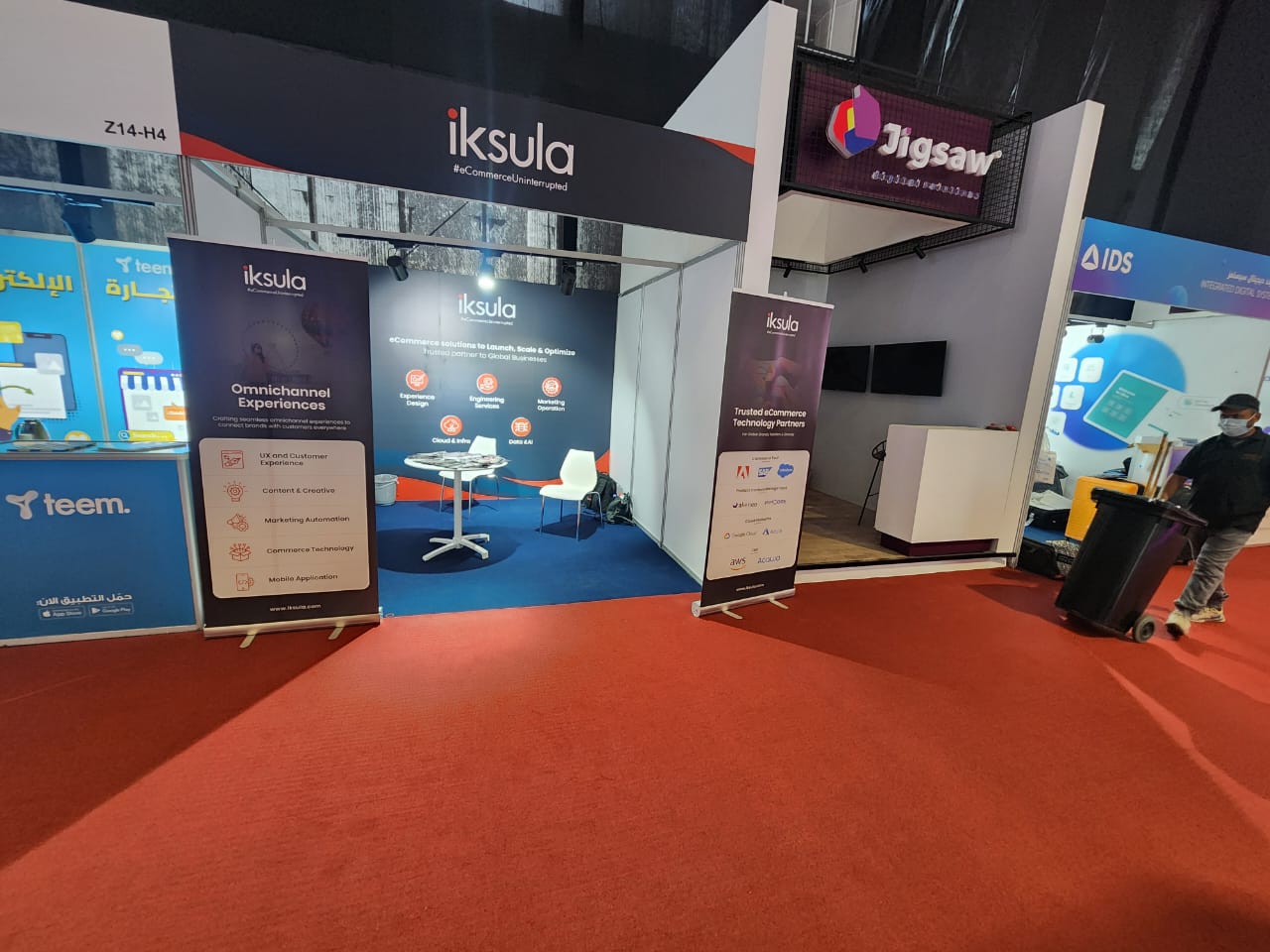Conversational AI is changing the way businesses interact with customers and agents. As technology advances, so do the capabilities of AI-powered chatbots and voice agents. This article will explore the benefits of Conversational AI, the latest trends, and best practices for using it to improve customer service and agent experience.
What is Conversational AI?
Conversational AI is transforming how companies communicate with their consumers. Conversational AI empowers computers to comprehend and respond through the power of Natural Language Processing and Machine Learning, accelerating and streamlining customer service procedures.
Businesses can use chatbot technology to automate repetitive operations and respond to client inquiries in a tailored way across a variety of channels.
By using speech recognition technology, voice agents advance Conversational AI by enabling natural language interactions between humans and machines. The use of these agents on voice-activated gadgets like Amazon Alexa and Google Home makes it simpler for clients to acquire the assistance they require.
Personalized, effective, and seamless client experiences are what conversational AI will enable organizations to offer in the future of customer service.
Benefits of Conversational AI
Conversational AI offers a range of benefits to businesses and customers alike. The most notable benefits include:
Increased Efficiency: By automating mundane customer service tasks, Conversational AI can significantly reduce the time it takes to resolve customer queries and improve customer experience.
Reduced Cost: Automating customer service processes can help businesses save money in the long run.
Improved Accuracy: Conversational AI can provide customers with accurate responses to their queries quickly and easily. This can help to reduce customer effort and improve customer satisfaction.
Scalability: With AI-powered chatbots and voice agents, businesses can quickly and easily scale up customer service operations without additional human resources.
Personalization: AI-powered chatbots and voice agents can be programmed to provide personalized responses to customer queries, helping to create a more personalized customer experience.
Latest Trends in Conversational AI
The Conversational AI space is rapidly evolving with new technologies being developed at a rapid pace. Some of the latest trends in Conversational AI include:
AI-powered Chatbots: AI-powered chatbots are becoming increasingly popular as they can understand natural language and provide more accurate responses to customer queries.
AI Voice Agents: AI voice agents are becoming increasingly popular as they can provide customers with a more personalized experience and a faster response time.
Conversational AI in Customer Service
With the ability to automate processes and deliver quicker and more accurate responses, AI-powered chatbots and voice agents are common tools in customer service. Chatbots can be tailored for a better customer experience and used across a range of channels. A more natural interface and quicker reaction times are provided by voice agents on gadgets like Amazon Alexa and Google Home.
AI Chatbot Use Cases
AI-powered chatbots can be used for a variety of customer service use cases, including:
Customer onboarding: Chatbots can be used to automate the customer onboarding process, providing customers with faster and more accurate responses to their queries.
Technical support: Chatbots can be used to provide customers with faster and more accurate technical support.
Self-service: Chatbots can be used to provide customers with self-service options, such as order tracking and account management.
FAQs: Chatbots can be used to answer common customer queries, such as product information and delivery times.
Surveys: Chatbots can be used to collect customer feedback and provide customers with insights into their experience.
AI Voice Agents

AI-powered voice agents are gaining popularity due to their ability to provide customers with a natural interaction with customer service teams. They are versatile and can be used for onboarding, technical support, and self-service. These agents can be trained to understand natural language and respond quickly and accurately to customer inquiries, improving satisfaction. They can also automate mundane tasks, freeing up customer service teams to focus on more complex issues.
Best Practices for Using Conversational AI
When deploying Conversational AI, it is important to consider the following best practices:
Set clear goals: Before deploying Conversational AI, it is important to set clear goals for the technology. This will help ensure that the technology is used effectively and is meeting your customer service needs.
Train the technology: AI-powered chatbots and voice agents need to be trained before they can be deployed. This will help to ensure that they are providing accurate and up-to-date responses to customer queries.
Monitor performance: It is important to monitor the performance of the technology on an ongoing basis to ensure it is meeting your customer service goals.
Measure customer satisfaction: It is important to measure customer satisfaction with the technology on an ongoing basis to ensure it is meeting customer needs and is providing a positive customer experience.
Training AI Agents and Chatbots

The deployment of Conversational AI requires training AI agents and chatbots as it helps to ensure that the technology is accurately responding to customer queries and achieving customer service targets.
When training AI agents and chatbots, it is important to consider the following:
Natural language understanding: AI agents and chatbots need to be trained to understand natural language to ensure they are providing accurate responses.
Machine learning: AI agents and chatbots need to be trained using machine learning techniques to ensure they are providing up-to-date responses to customer queries.
Contextual understanding: AI agents and chatbots need to be trained to understand the context of customer queries to ensure relevant responses to customer queries.
Knowledge base: AI agents and chatbots need to be trained using a knowledge base. This will help to ensure they are providing accurate responses to customer queries.
Conclusion
Conversational AI is revolutionizing how businesses interact with customers and agents, offering numerous benefits like efficiency, cost reduction, improved accuracy, scalability, and personalization. AI-powered chatbots and voice agents are popular for automating mundane customer service tasks, reducing response time, and enhancing accuracy.
Deploying Conversational AI requires best practices like setting clear goals, training the technology, monitoring performance, and measuring customer satisfaction. Natural language understanding, machine learning, contextual understanding, knowledge base, and data are essential for training AI agents and chatbots.
By deploying Conversational AI, businesses can enhance customer service and agent experience, resulting in a more satisfying customer experience and improved loyalty.









































